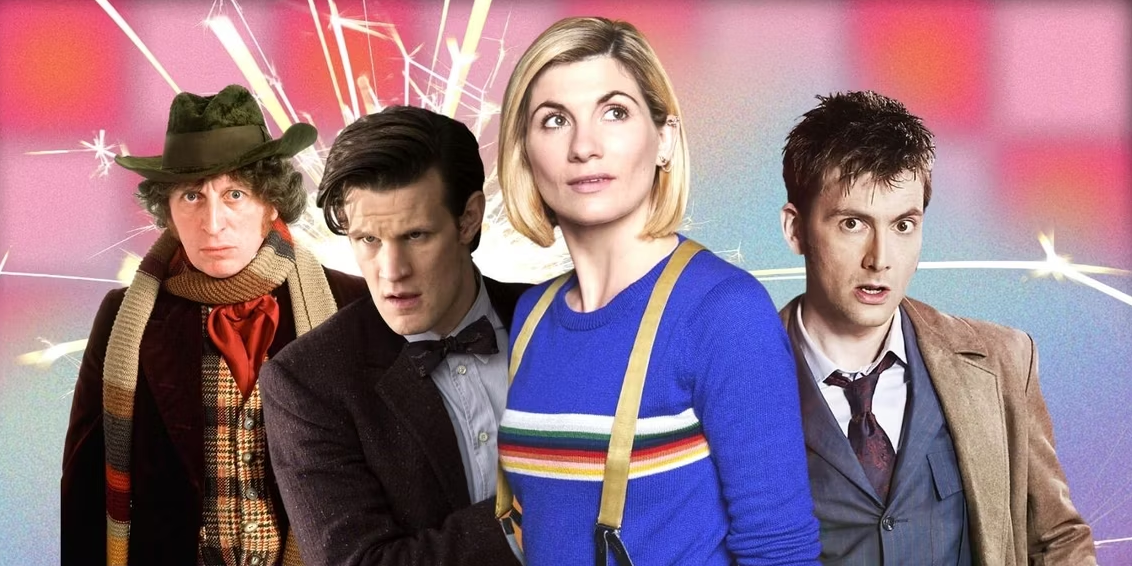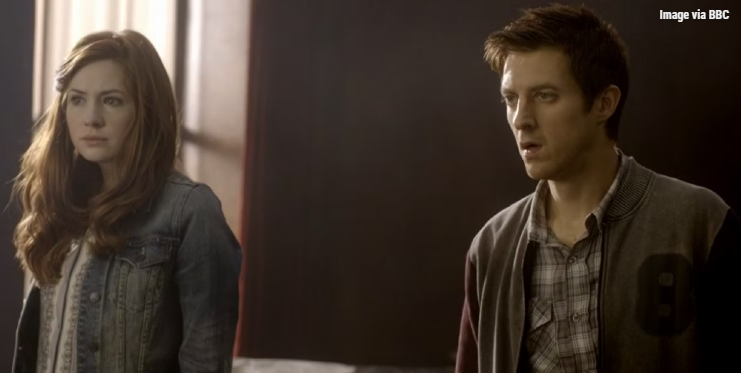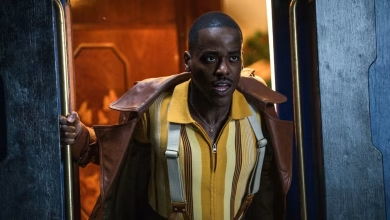This Is Still the Lamest Death in the History of ‘Doctor Who’
“Wibbly-wobbly, timey-wimey” is fun, but it doesn’t work all the time.

Characters on TV shows die for a lot of reasons. Sometimes they die for the sake of the story. Other times they’re killed off because the show needed to make room for new characters. Sometimes the actors are leaving the show and a dramatic death is a good way to give them one last hurrah. Regardless of the reason, character death is hard to get right. It needs to feel earned, it needs to feel meaningful, and it can’t feel cheap or contrived or else it’ll frustrate the audience. Doctor Who is a show that’s no stranger to death — its core conceit is that the titular Doctor regenerates into a new form every few seasons, allowing the show to go on indefinitely. But even though character death is an essential part of the series, Doctor Who still managed to produce one of television’s most frustrating and unsatisfying ends for a set of fan-favorite companions.
For the uninitiated, “companions” are the normal folks (usually human and usually British) who get caught up in the Doctor’s adventures. They travel with the Doctor for a season or two, then leave the show to make room for new ones. They don’t die all that often though, and usually leave due to some catastrophe that prevents them from traveling with the Doctor, or more rarely because they choose to leave. The benefits of this are obvious — by keeping former companions alive, Doctor Who leaves the door open for appearances later down the line, like Sarah Jane Smith (Elisabeth Sladen) returning for an episode (Series 2’s “School Reunion”) or the upcoming return of Catherine Tate’s Donna Noble in the 60th Anniversary specials this November. But occasionally, Doctor Who chooses to take a more final approach to its companions’ departures. Such was the fate of Amy Pond (Karen Gillan) and Rory Williams (Arthur Darvill), two of the longest-running and most beloved companions of the modern incarnation of the show. And unfortunately, it sucked.
Amy and Rory’s Exit on ‘Doctor Who’ Had Potential

Amy and Rory’s final episode, “The Angels Take Manhattan,” started strong. The Weeping Angels wouldn’t normally be a threat to someone with a time machine, as they attack by sending their prey back in time to feed on their temporal potential. That’s easy enough to fix if you can simply go back in time and pick them up. But this time, there’s a twist — the Angels are exploiting paradoxes to trap their victims. They send someone back in time, then trap them in a hotel where they will live until their younger self appears to see them. By the rules the episode establishes, if you learn something happens in your future, then it must happen.
The crux of the episode is that the Ponds can’t escape what’s to come. The episode hints at this early on by showing Rory’s name on a headstone, though none of the characters see it at the time. There’s also a book written by River Song (Alex Kingston) that outlines the events of the episode so that the Doctor (played at the time by Matt Smith) and Amy can find their way back in time to the 1930s when she and Rory have gotten stuck. That book’s final chapter is titled “Amelia’s Last Farewell.” According to the rules the episode has set up, the Ponds must leave — or worse.
The Ponds have fought fate before and won, so it doesn’t feel like the conclusion is inevitable. Rory once got erased from existence but eventually came back. Amy once got left alone on a planet for 36 years, but they were able to circumvent this and rescue her younger self. It’s fitting that their final adventure should be about time finally catching up with them. The moment when they decide that they’re still going to fight despite the Doctor telling them it’s futile feels appropriate and in character. When they decide to jump off the hotel’s roof together so that Rory can never be sent back in time (creating a paradox that will destroy the angels), they’re breaking time together one last time. It feels earned and satisfying. If the episode had ended there, it would’ve worked.
But ‘Doctor Who’ Didn’t Stick the Landing

The Ponds appear in front of the T.A.R.D.I.S. with the Doctor and River Song. They’re in the graveyard that Amy and the Doctor had taken off from in 2012. There’s a moment of celebration, but before they can leave, Rory notices the headstone with his name on it from the beginning of the episode. Seconds later, he’s attacked by a Weeping Angel that survived the paradox and is sent back in time, unable to return because the gravestone has his name on it. Amy pleads with the Doctor to go and get him, but he tells her that he can’t without destroying New York City because of how much time has been tampered with. Amy chooses to let the Angel that took Rory take her as well in hopes of joining him in the past. The episode ends with the Doctor finding a final message from Amy in the back of the book River wrote, a last effort to say goodbye.
There’s so much wrong with this that it’s hard to know where to start. On an emotional level, the story already had its climactic moment where Amy and Rory decided to sacrifice themselves to destroy the Angels. Their moment on the rooftop is emotional and satisfying. But the episode immediately undercuts it in multiple ways. We’ve already had one tragic end, and slapping a second one right after it feels indulgent and repetitive. And the presence of the Angel in the graveyard calls into question the validity of their rooftop sacrifice. If there’s still an angel here, then the paradox didn’t work, and the Angels are still feeding on the poor people that they trick into coming into their hotel. And if the paradox didn’t work, then the time around 1930s New York City shouldn’t be any more difficult to get to than it was before.
The logistical issues only continue to pile on from here. The Doctor says he can’t bring the T.A.R.D.I.S. back to 1930s New York City because “the timelines are too scrambled,” but what’s to stop him from going back to the 1940s and picking them up five to ten years later? The tombstone with their names on it seems to indicate that they died and were buried there, but why couldn’t they just buy a tombstone and place it there themselves, thereby removing any risk of another paradox? Or why couldn’t they simply continue adventuring with the Doctor, so long as they ended up back in New York City someday to die and be buried? The more you think about it, the more it falls apart.
There are a lot of cheap and unsatisfying deaths throughout the history of television, but it’s hard to think of one that fails to stick the landing as disastrously as the Ponds’ deaths. It had everything going for it: Doctor Who was at the height of its resurgence, the episode’s conceit was strong, and the actors’ performances were stronger. But the narrative hinges on convoluted time travel logic that needed to be more airtight than it was. Doctor Who has always had a “wibbly wobbly, time-y wimey” approach to time travel that lets it get away with a lot of delightful high-concept nonsense. But when a story is about finding loopholes in its time travel logic, you need that logic to be ironclad. “The Angels Take Manhattan” wanted to give the Ponds a memorably tragic conclusion to their story, but instead it gave us an episode that leaves you wondering, “Why didn’t they just do that instead?”


